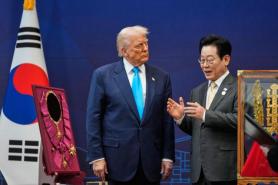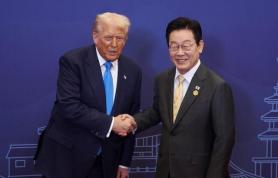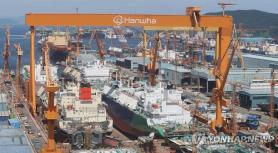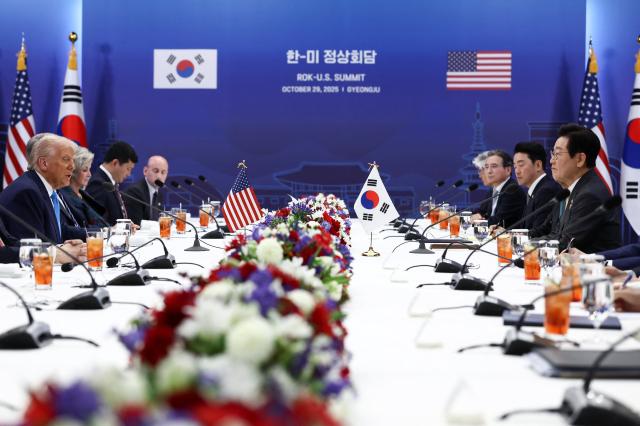
Before departing Korea, Trump posted Thursday that Seoul would build its "Nuclear Powered Submarine in the Philadelphia Shipyards," signaling his approval of South Korea joining the exclusive club of nations operating nuclear-propelled submarines.
During their summit prior to the announcement, President Lee Jae Myung formally requested U.S. support for securing nuclear fuel for submarine propulsion — the first time a South Korean leader has raised the matter directly with a U.S. president.
Lee argued that diesel-electric submarines lack the underwater endurance needed to track North Korean and Chinese submarines, while nuclear propulsion would enhance regional surveillance and reduce the burden on U.S. naval assets.
"Nuclear-powered submarines offer far greater endurance, speed and survivability, giving South Korea meaningful deterrent capability," said Shin Seung-ki, research fellow at the Korea Institute for Defense Analyses (KIDA). "For Seoul and Washington, the interests converge — South Korea deters the North, and the U.S. balances China."
Nuclear-powered submarines rely on compact reactors rather than diesel engines, enabling months-long underwater operation and a larger weapons payload. Such vessels fall into two broad categories: SSBNs, capable of carrying nuclear weapons, and SSNs, which are conventionally armed. Seoul’s goal is an SSN, requiring nuclear fuel solely for propulsion.
But the project touches one of the most sensitive elements of the alliance: whether nuclear fuel supplied to South Korea can be used for military purposes. Under the U.S.–ROK Atomic Energy Agreement, Seoul must obtain Washington's explicit consent to receive nuclear fuel or related reactor technology. Any amendment would require congressional review and lengthy negotiations — hurdles Trump's approval alone cannot erase.
South Korea already operates advanced submarine platforms and is developing small modular reactor (SMR) technology that could eventually support naval propulsion. Still, experts emphasize that integrating such systems into an operational SSN requires time, funding and strict safeguards.
"Given Korea's shipbuilding strength and reactor expertise, the project is technically feasible within seven to nine years," Shin said. "Once the National Assembly approves funding, forming the project team, designing, building and testing the vessel would follow that timeline."
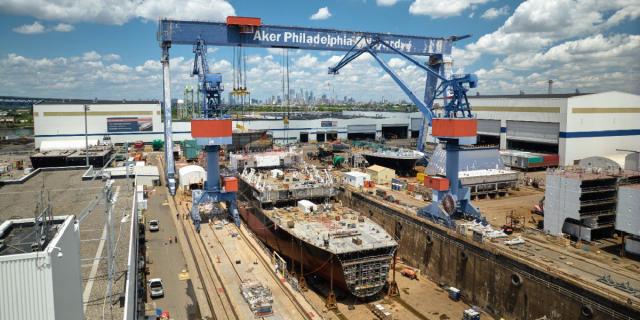
The move also aligns with Trump's tariff strategy. Seoul's $350 billion investment package — including $200 billion in cash and $150 billion in shipbuilding cooperation under the MASGA (Make American Shipbuilding Great Again) initiative — directly involves the U.S. industry that will now host South Korea’s first nuclear-powered submarine program.
The political calculus proved mutually beneficial: Lee projected decisive national-security leadership, while Trump showcased a strategic and industrial win rooted in allied cooperation.
Copyright ⓒ Aju Press All rights reserved.


